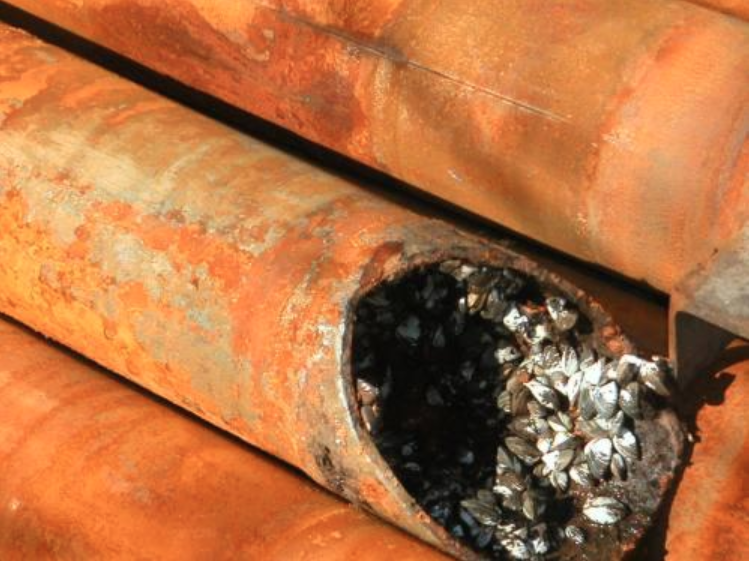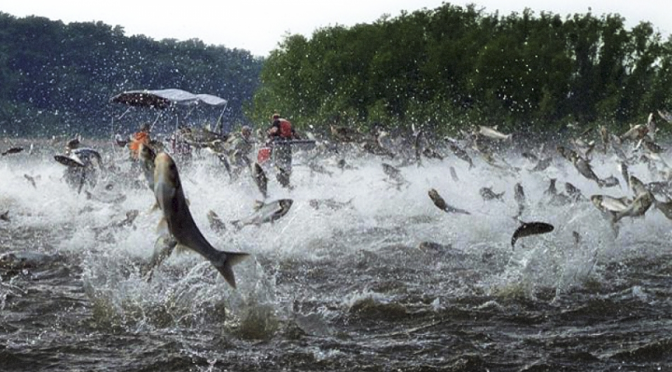By: Luke Proell, Creator of Lanky Blog
Check Him out: http://blogs.uww.edu/lankyblog/
Lake Michigan is the only Great Lake located entirely within the United States borders, but especially with the entire East coast of Wisconsin. The lake is home to many different species from the animal kingdom like fish and birds but is also home to a variety of invasive species as well including the zebra mussel and the Asian carp. Zebra mussels, originating from the Caspian Sea, are causing a wide array of damage to the ecosystem both directly and indirectly. For starters, zebra mussels are known to coat pipes that lead to drinking water treatment plants and make their home within those pipes. This can lead to more money needing to be put into these plants in order to keep them functional and operational as Lake Michigan is a great source of drinking water for the entire community. The invasive species also have a habit of killing the native mussel population just due to their reproductive nature. Native mussels may take 3-5 years to fully mature and develop while zebra mussels only take a matter of one year which allows them to spread faster and deplete natural resources from the native species.

While originally not considered viable to survive in Lake Michigan, the Asian carp, arriving from Southeast China, has proved that it can be devastating for the long-term sustainability of the lake’s ecosystem. While the zebra mussel has many damaging implications towards human culture the carp can do monumental damage towards other fish within the waters such as walleye, yellow perch, and whitefish. Since the Asian carp has such a flexible diet consisting of anything from plankton to the feces of invasive mussels such as the zebra mussel. With few natural predictors, there’s no telling how out of control these invasive populations will get without spreading awareness and allocating resources towards saving one of Earth’s greatest ecosystems.


waw, very nice
Good Fishing
Thank You for sharing.
Thank You for sharing.
Why is it crucial to raise awareness and allocate resources to address the spread of invasive species in Lake Michigan? Regards, Telkom University
Iron can weight depends on many factors, وزن قوطی 100×100 including Dimensions (length, width, wall thickness) and the type of alloy or material used in its production. To calculate the weight of the iron can, you can use the following formula:
1. The formula for calculating the weight of an iron can (profile)
The weight of the profile or iron can is calculated using the following formula:
The weight of the can
=
Iron density
x
The volume of the can
Weight of the can = density of iron x volume of the can
The density of iron is usually about 7.85 grams per cubic centimeter.
The volume of the can is equal to the cross-sectional area multiplied by its length.